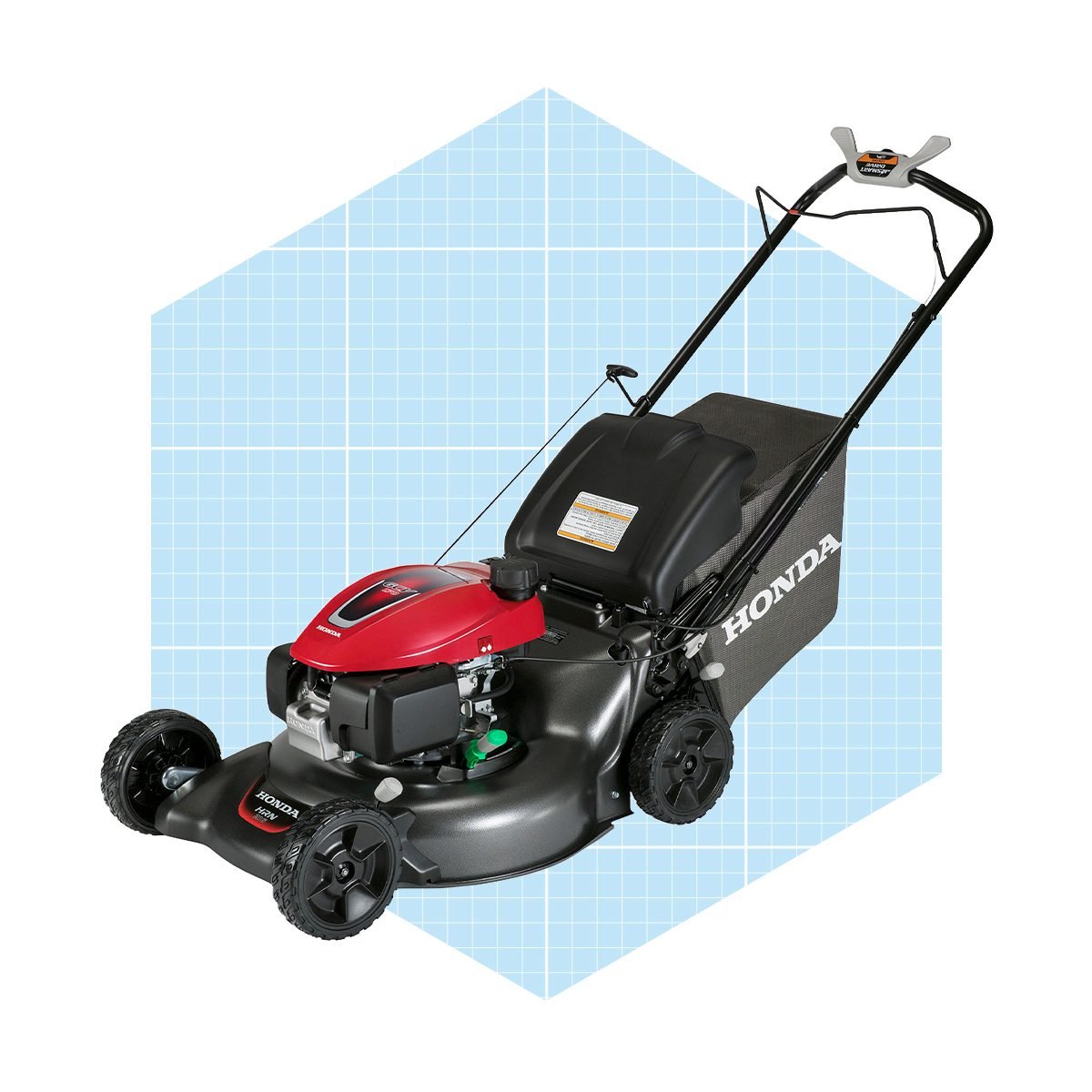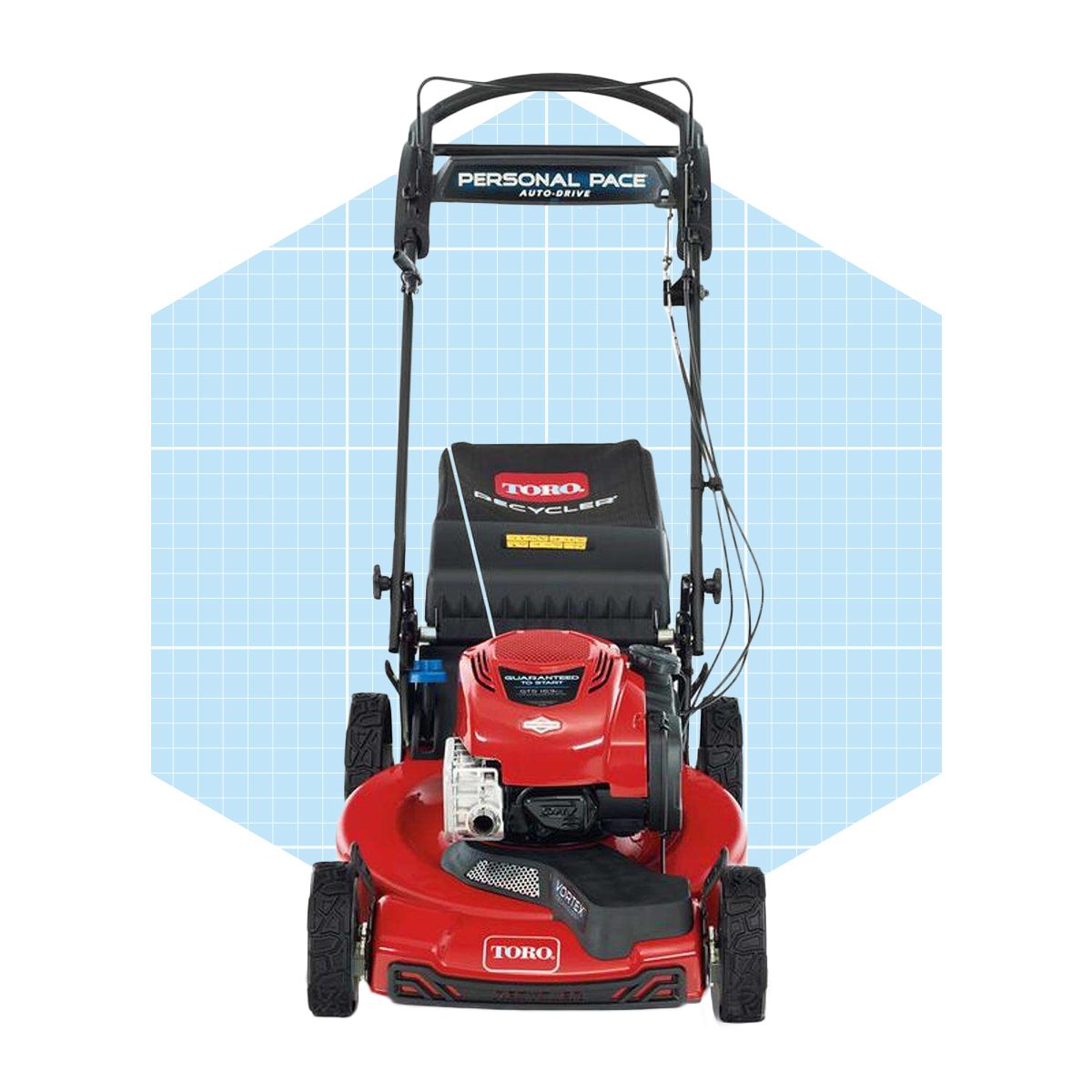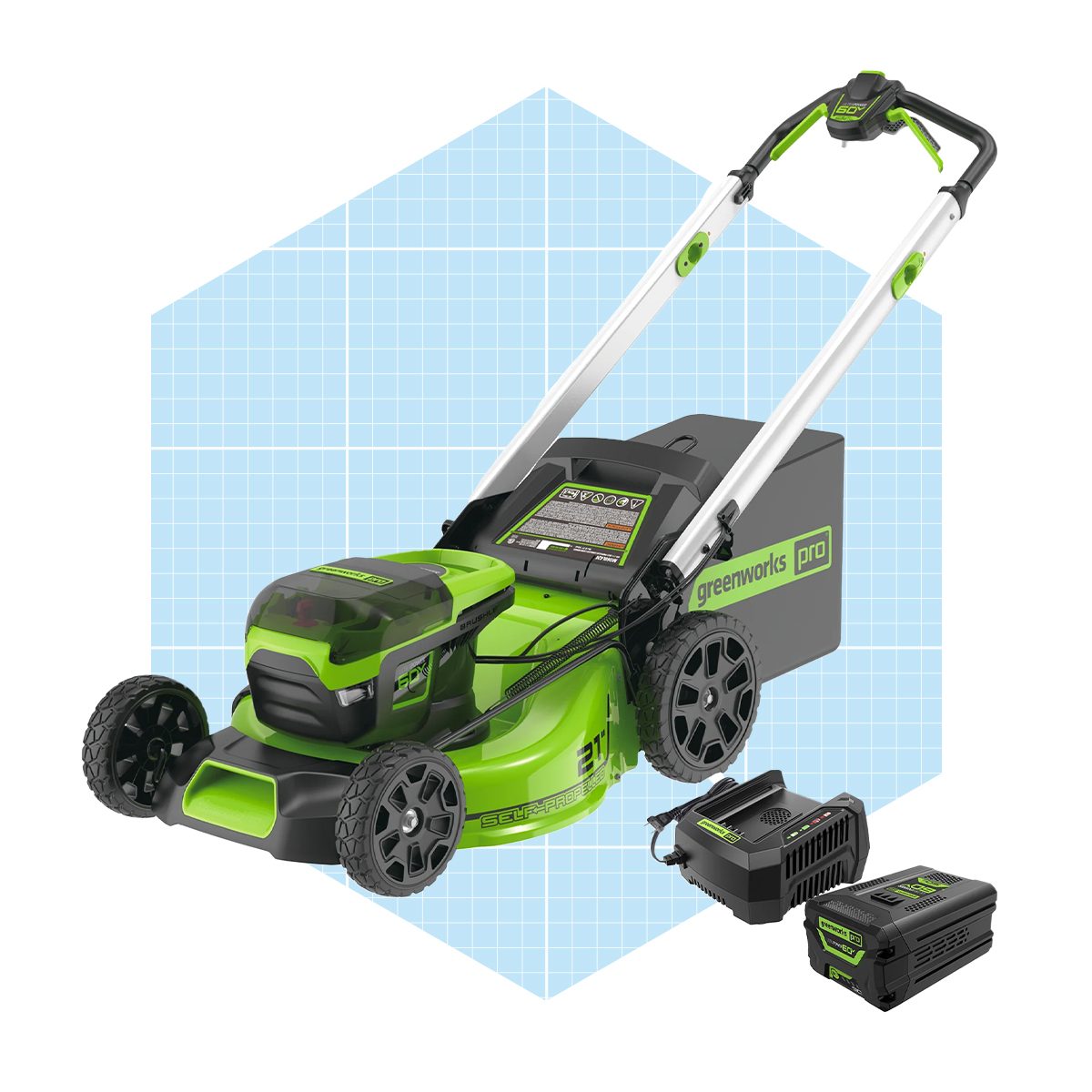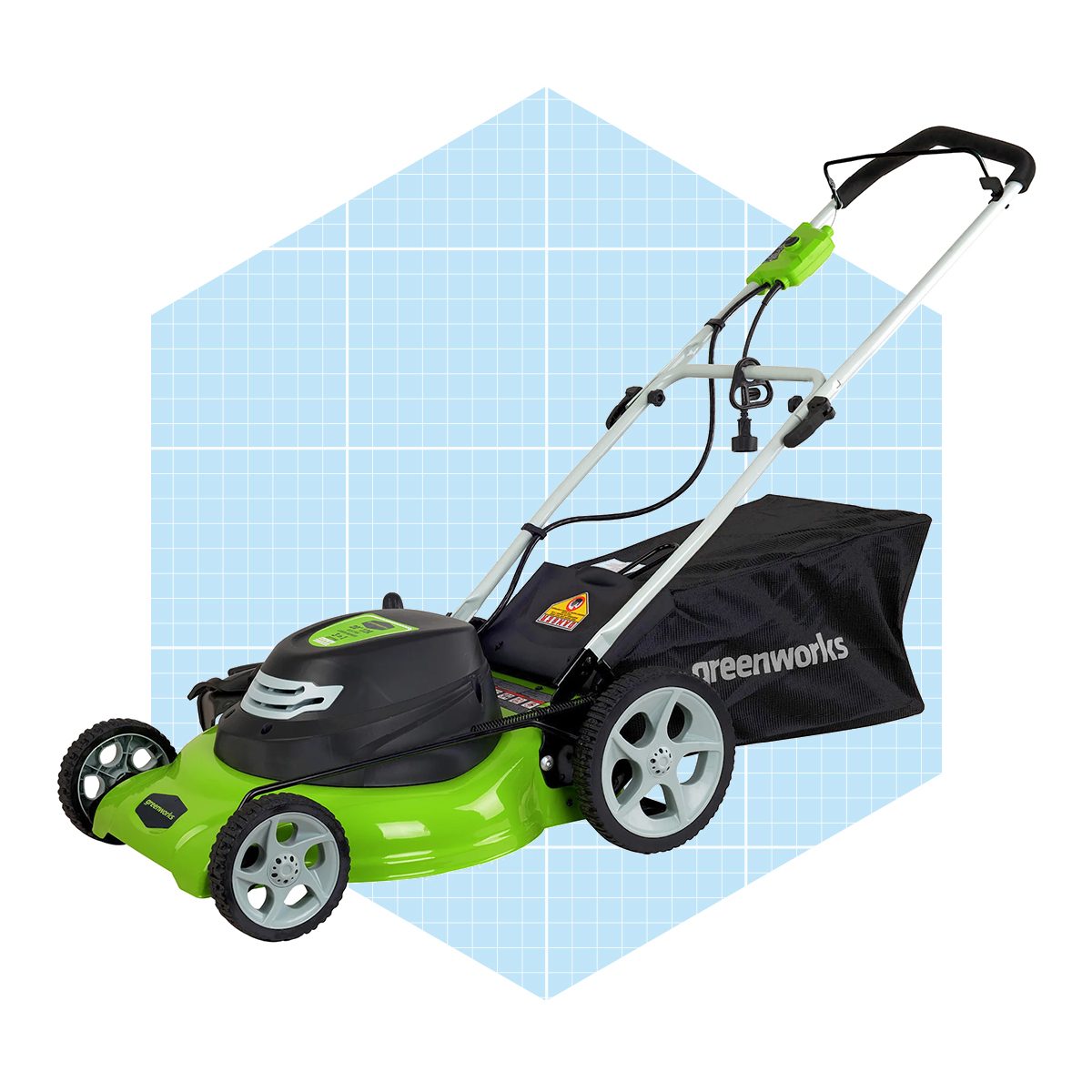So, the time has come to decide between a self-propelled vs. push mower. As with any decision, there are positives and negatives to both. If you haven’t bought a lawn mower before, or it’s been a few years, we’re here to help you make the right investment. Here’s everything you need to know about the two types of machines.
What’s the difference between a self-propelled and push mower?
Simply put, a self-propelled lawn mower has a drive system to propel it forward while a push mower relies on manual effort to move. A self-propelled mower can climb hills with very little effort on your part, but a push mower is an affordable way to mow a flat yard.
Like push mowers, the self-propelled mowers are available as gas-powered and battery-powered cordless. It’s worthy of noting, that gas-powered mowers will require ongoing maintenance to ensure a long life with optimal performance. Conversely, maintenance is a breeze with electric and cordless push mowers, since they only require occasional blade sharpening.
When it comes to buying a self-propelled vs. push mower, it depends on the performance and features that make your life easier (without spending money on things you don’t need).
All About Self-Propelled Lawn Mowers
Buying a self-propelled mower, as opposed to a push mower, requires more than a few bucks to cover the added propulsion power. Although self-propelled mowers are more expensive, they shine at navigating tough terrain. The best part is it takes very little effort on your part to power them uphill. These mowers may also include added features, like variable speeds, push-button start and a choice of wheel drive.
Front-wheel drive self-propelled mowers are generally the least expensive option. These machines perform well on flat surfaces and turn easier than their rear-wheel drive counterparts. Rear-wheel drive self-propelled mowers are a bit harder to turn around obstacles, but they excel at climbing hills. A rear-wheel drive option is the recommended choice if you have a hilly property, and helps to balance the load if you like to bag your clippings.
Several manufacturers, like Ryobi and Toro, offer all-wheel drive self-propelled mowers with the option of switching to rear-wheel drive mode boosting the traction to match the terrain.
If you’re worried about the extra weight of a self-propelled mower being a burden, the battery-powered options are significantly lighter than the gas-powered ones. Going in reverse and making tight turns will be easier with a lighter model. For large properties that need ultimate power with minimal effort, a riding lawn mower is worth considering.
Pros
- Less effort to operate
- Work with uneven terrain
- Easy uphill operation
- Available in front-wheel, rear-wheel and all-wheel drive
- Capable of cutting tall grass and weeds
- Gas-powered or battery-powered options
Cons
- More expensive than push mowers
- Heavy
- Uses more gas than push mowers
Some of Our Favorite Self-Propelled Mowers
These lawn mowers do the work for you. Look, Mom, one hand!
All About Push Mowers
For flat terrain or a small yard, buying a push mower should be sufficient for your needs. Push mowers are available as corded, gas and cordless. Compared to self-propelled mowers, push ones are more affordable mowers.
Push mowers come with convenient options, such as push-button electric start and three-in-one mowing, mulching and side discharge. Extra features will increase the cost, but if you don’t need a self-propelled mower, you might be able to afford all of the wonderful bells and whistles that a high-end push mower has to offer.
Push mowers are naturally lighter than self-propelled models, so they’re easier to maneuver, especially when they’re turned off. As a result, moving them from garage or shed to lawn (and back again) requires less of an effort. Likewise, a battery-powered push mower will be lighter than a gas-powered mower.
When deciding on a push mower, consider your level of fitness, even if you have a flat yard.
Pros
- Ideal for flat lawns
- More affordable than self-propelled lawn mowers
- Lightweight
- Corded, cordless and gas-powered options
Cons
- Requires manual effort to push
Some of Our Favorite Push Mowers
This isn’t your grandpa’s lawn mower. Having a push mower might even make the chore fun!
How long do self-propelled vs. push mowers last?
A self-propelled gas lawn mower is expected to last 10 years or more. That’s, of course, assuming that regular maintenance, tune-ups, winterizing and care have been provided to prolong the life of the motor and mower. The lifespan of a lawn mower is largely determined by how it’s treated.
Conversely, a battery-powered lawn mower may be expected to operate up to five years before replacing a battery. A non-combustion engine or brushless motor can last 15 years before needing repairs. A quality gas-powered push mower should also last at least 10 years with maintenance.
In our dispensable economy, it seems harder to find long-lasting durability and quality products. The manufacturer’s warranties may cover a portion of their life expectancy, but rarely will you find anything close to a lifetime warranty (or even a 10-year warranty) on anything lawn care related. We have noticed that replacement parts may be hard to come by if something breaks.
The Bottom Line: Self-Propelled vs. Push Mower
If it’s been awhile since you last shopped for a new lawn mower, you’ll be amazed. Innovative features are storming the lawn care world, and streamlined design has made mowers more agile and powerful.
If you have hills and rough terrain, you’ll enjoy a self-propelled machine. For a lawn that’s flat, curvy or filled with obstacles and tight spaces, you’ll appreciate the maneuverability of a push mower. For those with physical limitations, a lightweight battery-powered self-propelled mower is a smart option.
Now that you’re ready to make a smart purchasing decision, get ready for a whole lot of mowing.
Shop smarter with our expert recommendations for tools, gear and money-saving deals on can’t miss DIY and home products. Sign up for the Stuff We Love newsletter.












